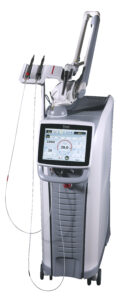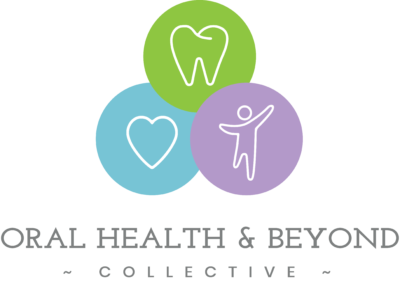We highly recommend that patients receive chiropractic therapy in the 24 hours prior to treatment as well as another one 48 hours after treatment. Let us explain why:
The treatment undertaken by an experienced and qualified Chiropractor increases the flexibility and suppleness of the muscles in the mouth, neck and head. This then has a positive impact on the outcome of the treatment. Chiropractic also plays an important role in establishing new muscle habits along with new neural pathways.
Why do we recommend Chiropractic or Cranio-sacral therapy Pre and Post Frenectomy?
The human body is an amazing, intelligent and complex jigsaw puzzle. Everything within it is intrinsically linked and works to allow optimal functioning. In case of any functional restriction or inhibition, it innately compensates elsewhere to allow that function to continue.
In the case of a tongue/lip tie, there is an over-activation of the surrounding musculature. That places unbalanced stress on the developing cranial and skeletal structures. Because the frenulum is a midline structure of the body, as are the spine and nervous system, quite often when restriction occurs in the mouth, it is also noted in the spine. For this reason, having a Chiropractor or other specialised Cranio-sacral therapist helps to release these areas of restriction, enhances the outcome of the frenectomy procedure, and allows the body to heal more efficiently.
To ensure that the body functions at its best to optimally integrate the procedure, therapy performed before the procedure is needed. Chiropractors adjust the spine and cranial system so that any areas of potential interference to the nervous system are removed. This allows the brain to better control optimal healing of the body. It also allows the body to accurately relay messages back to the brain. Surgeons often underline that it is much easier for them to access the tissues in the area of treatment, especially when it comes to the floor and roof of the mouth, because the muscles and soft tissue have been released and are more relaxed. The child feels more comfortable as well, so usually is way more relaxed during the procedure.
What does a Chiropractic adjustment entail?
First of all, the pressure used to adjust a child or baby is incredibly gentle and much like a soft massage. Particular attention is usually paid to releasing areas of tension at the top of the body, near the base of the skull, or at the base of the spine or tailbone. These are the areas that the spinal cord attaches. At the same time these are the areas of greatest restriction within a tongue tied child.
Furthermore, specific attention will be paid to releasing tension from the cranial structures (the skull), which also includes parts of the mouth. It’s very gentle and doesn’t cause any discomfort at all. The therapist will gently release these areas of tension with the amount of pressure known as “eye-ball” pressure – just enough pressure to help release the area of restriction. No less, no more than needed.
What about post-procedure therapy?
It aims to release the soft tissue restrictions that have compensated for the lack of tongue/lip movement. You will be given detailed cranio-sacral exercises, demonstrated in an easy way so that carers of the child can continue to do them later.
As practitioners, it is integral that we work closely together to achieve best results. To ensure the best outcomes it is worth to combine both body and the procedure together. The procedure is going to be better accepted by the patient and healing will be enhanced post revision.
Clinical observation has shown us that patients who have utilised both Chiropractic or Cranio-sacral care either side of frenectomy treatment have significantly less chance of needing further revision done.
There are also options for Bowen Therapy and Remedial Massage that will also assist pre and post lip and tongue tie treatment.
For more information about our Allied Health support team, contact us today.
* Any surgical or invasive procedure carries risks. Before proceeding, you should seek a second opinion from an appropriately qualified health practitioner.







